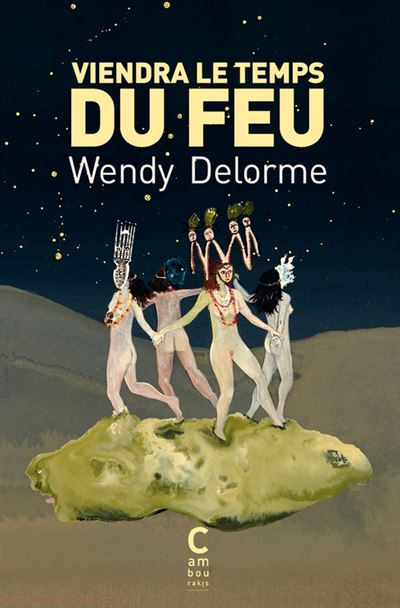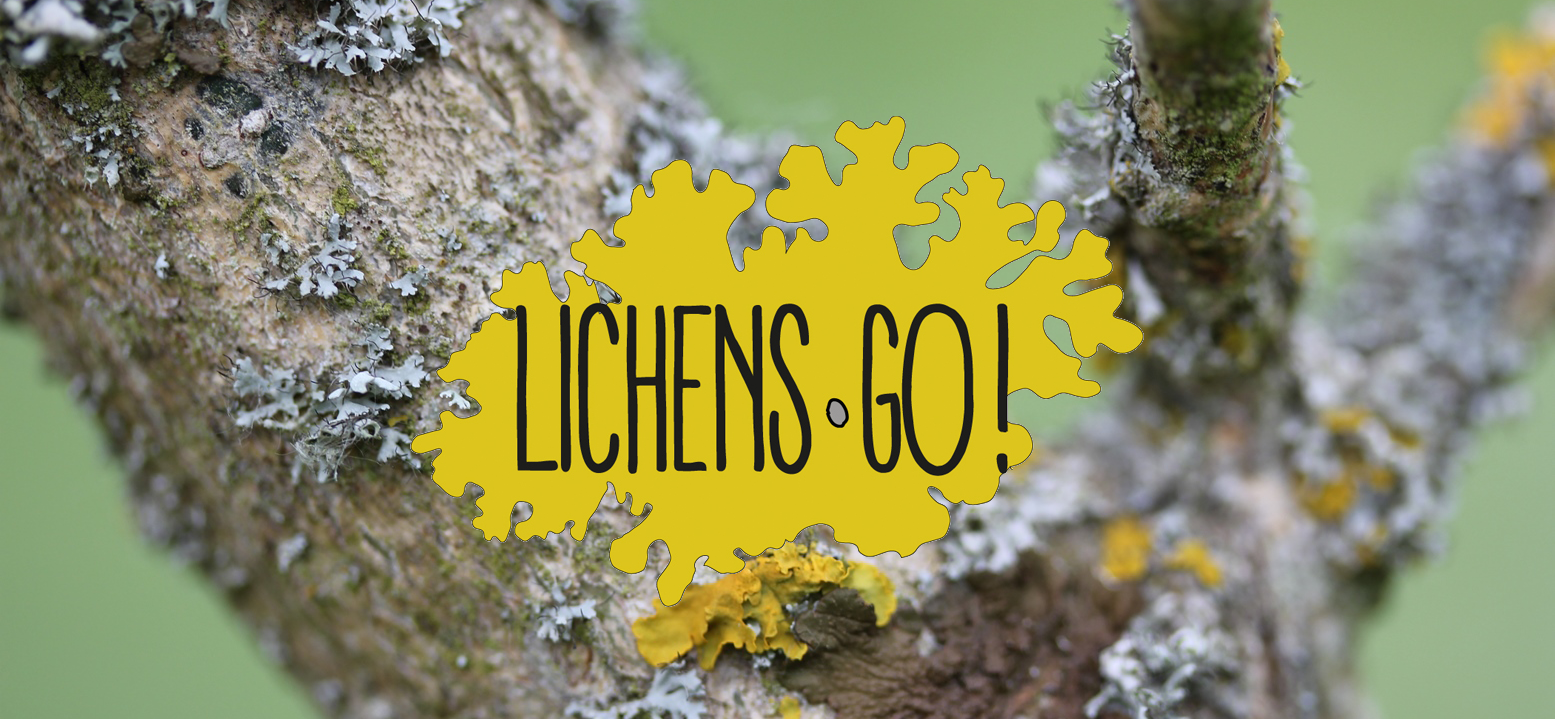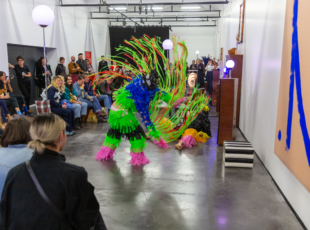Weekly ※ Friday 13.01.23

Article author :
Friday is weekly: a summary of what the team has seen, read, listened to and wants to share with you.
Princess X
Whilst on an excursion to Lyon, we laid our eyes on an audiovisual work hosted at the Lyon Contemporary Art Museum as part of the biennale. A short film entitled ‘A Brief History of Princess X,’ directed by the American Gabriel Abrantes. In a voice-over, the director recounts the fate of ‘Princess X,’ a polished bronze sculpture created in 1916 by Constantin Brancusi, originally intended to be a portrait of Princess Marie Bonaparte. Exactly, the great-grandniece of the First Emperor of the French. An author and a psychoanalyst, Marie Bonaparte’s contribution to the discovery and the scientific study of the clitoris in women made her a genuine trailblazer in the subject for the era. It is even said that her wealth contributed to the popularity of psychoanalysis and enabled Sigmund Freud, to whom she was very close, to escape Nazi Germany.
For many, the sculpture in a phallic and futuristic form resembles nothing but an enormous chrome vibrator. An aesthetic which for some would explain the work tumbling into oblivion. But there is much more to say about this ‘Princess X’. Marie Bonaparte commissioned this bust in her effigy, but her relationship with the sculptor artist was strained and Brancusi’s style was gradually evolving towards more pared-back forms. He drew closer to the Dadaist movement and to the Cubists. For Brancusi, it was a revelation: ‘The aim of my art is first and foremost to seek out the hidden interior reality,’ he claimed. But for the period in question, the abstraction and above all the phallic representation remained a scandal in the art world, which took offence and refused him any exhibitions. In 1917, he all the same received an offer to exhibit in New York, but his oeuvre remained of no interest in the eyes of the general public and came to be overshadowed by a peculiar urinal created in the same year by a certain Marcel Duchamp…
If you would like to brandish this anecdote in front of your friends next to the work itself, please note that ‘Princess X’ is today held on the other side of the Atlantic, at the Philadelphia Museum of Art.
The era of fire will come
We have just finished ‘Viendra le temps du feu’ (Cambourakis publishers), Wendy Delorme’s last but one book. It was much talked of (again) following the author’s appearance on the programme ‘La grande librairie.’ An ecofeminist dystopia to be placed between ‘1984’ and the writings of Margaret Atwood, this choral novel (in which the same story is told by several narrators, Editor’s note) resonates very particularly with our contemporary world. The plot is situated neither geographically nor temporally, but we pretty quickly come to understand that it involves a projection of our society several centuries into the future.

Terribly contemporary and sensitive, the voices of the five characters criss-cross each other in short chapters to describe a totalitarian society with closed borders, edged by a river which separates the city and the remnants of an ancient world in which a resistance community inspired by Monique Wittig’s “Guérillères” survives. The global warming is tangible, literature and knowledge only exist in the form of entertainment, the memories of a world which is missed gradually fade, but the aspirations of the community resist, subversive.
Caught at the Maison de la Poésie, in Paris, Wendy Delorme, moreover, offered a staging and a soundscaped recreation of several excerpts from the book.
Lichens GO!
Have you ever observed lichen spreading along trees? Worse, have you maybe ever Googled “How do I get rid of the lichen growing on my roof?” These organisms, somewhere between mushrooms and algae, are nevertheless very precious and very good candidates to measure the air pollution in our cities. Lichens in fact feed on constituents found in the air, pollutants included. In order to tackle air pollution, globally the fourth leading cause of death, it will, first of all, be necessary to identify and quantify the sources of these pollutants. Besides the traditional measurement methods, certain organisms found in our environment and which are sensitive to pollutants – going by the scientific name of bioindicators – can help us. This is what two researchers at the UCLouvain are attempting to get off the ground by means of the Lichens GO! Project.
The scarcity of data collected in Wallonia and Brussels remains a brake on our understanding of air pollution in urban milieus. To improve these results, the researchers have opted for the participatory science approach and are inviting citizens to become actors in the research programme. An inaugural presentation conference is being held at Quai 10, Charleroi, on January 24. Afterwards, three workshops will take place at Namur, Louvain-la-Neuve and Brussels so that everyone can learn to recognise the different varieties of lichen in their neighbourhoods and to apply the measurement reading protocol. To register, go to www.sciences.be/lichens-go.

A story, projects or an idea to share?
Suggest your content on kingkong.





